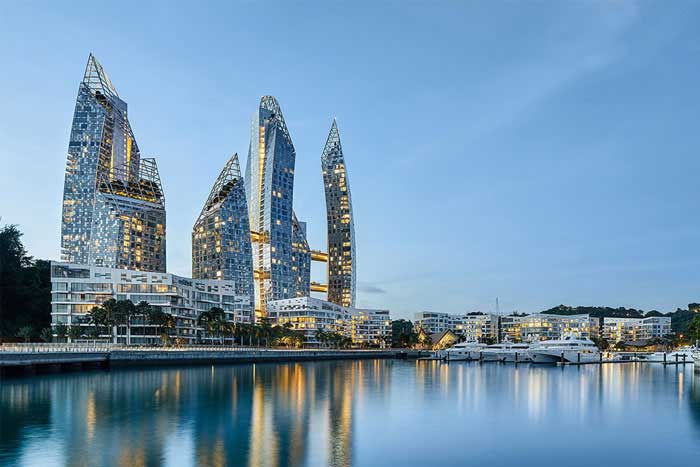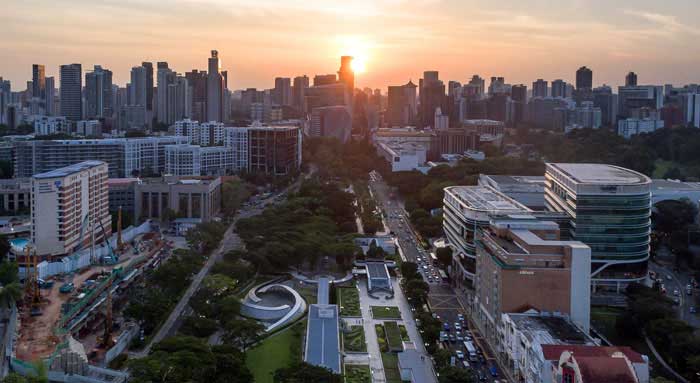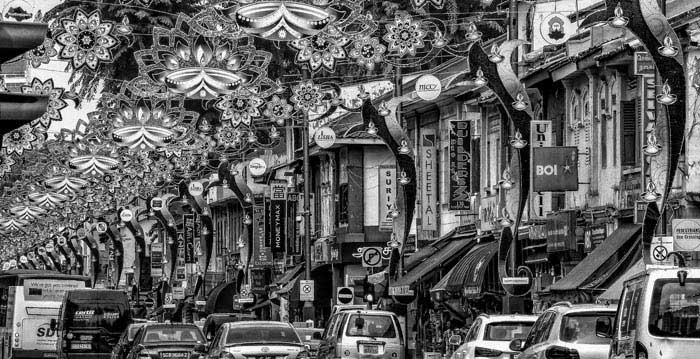Over the years most of the people tend to think all what can be seen or heard is just the same as what has been said or seen before as well. This is not the case when it come to the buildings in the Singapore. Specifically, the best eight buildings which have made Singapore get most of the glory as a result of such tall buildings therein. They have been designed by the most known architects in the whole world. For sure they must be very amazing to many even if not to everybody. Let us look the following Eight tall buildings in Singapore as follows:
The first one is Keppel bay reflections (photo), finished in the year two thousand and eleven. This building is known worldwide due to all what it contains. It is in Asia whereby the building is used by the residents. They live in the wonderful building which has amazing curves which brings the idea of a art. This building was built by the architect called Daniel Libeskind who is one of the best architects in the whole world. The building is tall and it contains short other buildings as well. The building has combination of towers which are six in total. Some have floors which are from twenty-four to forty-one. This is such a tall building indeed. It also has other apartments which also entail some gardens used by the residents. In all the towers there is a bridge which connects who those who live in there as well as the guests. The bridge enables both those who are guests as well as the residents to have a clear view which is mount sentosa and Faber.
The second building is Interlace which was completed in the year two thousand and thirteen. This is one of the buildings which brings wonders to those who pass near it as well as those who spend therein. This building was the best recognized in the year two thousand and fifteen. In addition, it was the one which won 2014 award for the urban habitat. It has a total number of thirty-one floors which look like pockets to allow light and air to pass through. This building enhances the sites of waterfall terrace and lotus pond, water park at central square, Theatre plaza, valley spa, play hills and Bamboo Garden which are the most prestigious places visited.
The third building is the Bank Apartment pearl. Over the years this building has known as the one tallest in the in the URA projects. In Singapore this building has been a residential building. It has a total number of thirty-eight floors. It has been located at Outram park. This building was planned by Archurban architect's planners and was finished to be built in the year1976.By this time this building was the only one with the largest apartments hence made it to be a site to be viewed. This building has area for shopping, communal and parking space located on floor 28th.
The fourth building is the sky habitat which was completed in the year two thousand and fifteen. This building has a total number of thirty-eight towers with three bridges linking them. It is a building which has a form of transformed habitats by Bishan skyline. There are sky gardens on the fourteen and twenty fourth floors and also a pool feature in thirty-eight floor. It has adequate ventilation and greenery features vertically.
The fifth building is the Orchard scotts Residents which was completed in the year two thousand and eight. This building is outstanding on its own way because it has facades which are shimmering. It is entailing three blocks which are clearly displayed in artworks contemporary. This building was designed by the firm Arquitectonica who also won FIABCI awards. It is one of the buildings in Singapore which is of great site to be viewed by many.
The sixth building is The colonnade which was completed in the year 1986. This building took quite a while to be completed since 1980 up to 1986.This was due to lack of enough capital in order to build it as it was initially planned by Paul Rudolph as the architect. This is one of the buildings in Singapore which is in Grange road. It has interlocking units. It is one of the amazing buildings in Singapore.
The seventh building is Sculpture Ardmore. This building was completed in the year 2014.It has 36 floors and is built at Ardmore park. It was planned by Carlos Zapata who was the architect. It has carvings and also glass fins.
The eighth one is Oliv building. Was completed in the year 2013.This building has open spaces in a vertical gardens and has 23 units. Each floor has only 2 units. It has irregular wall in shape and resembles round which is wavy. Was built by Mok Wei. It is one of the rare buildings in Singapore.




